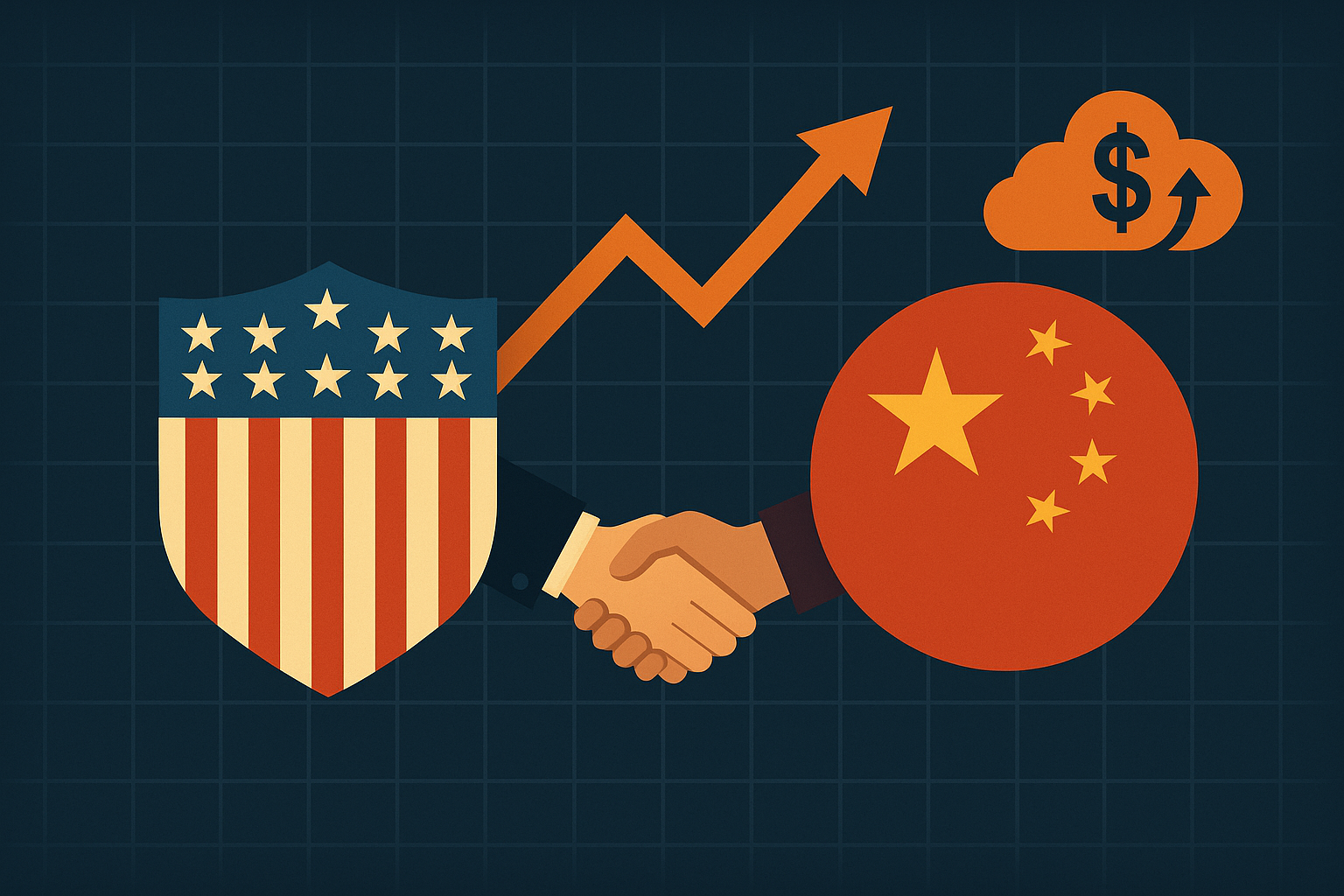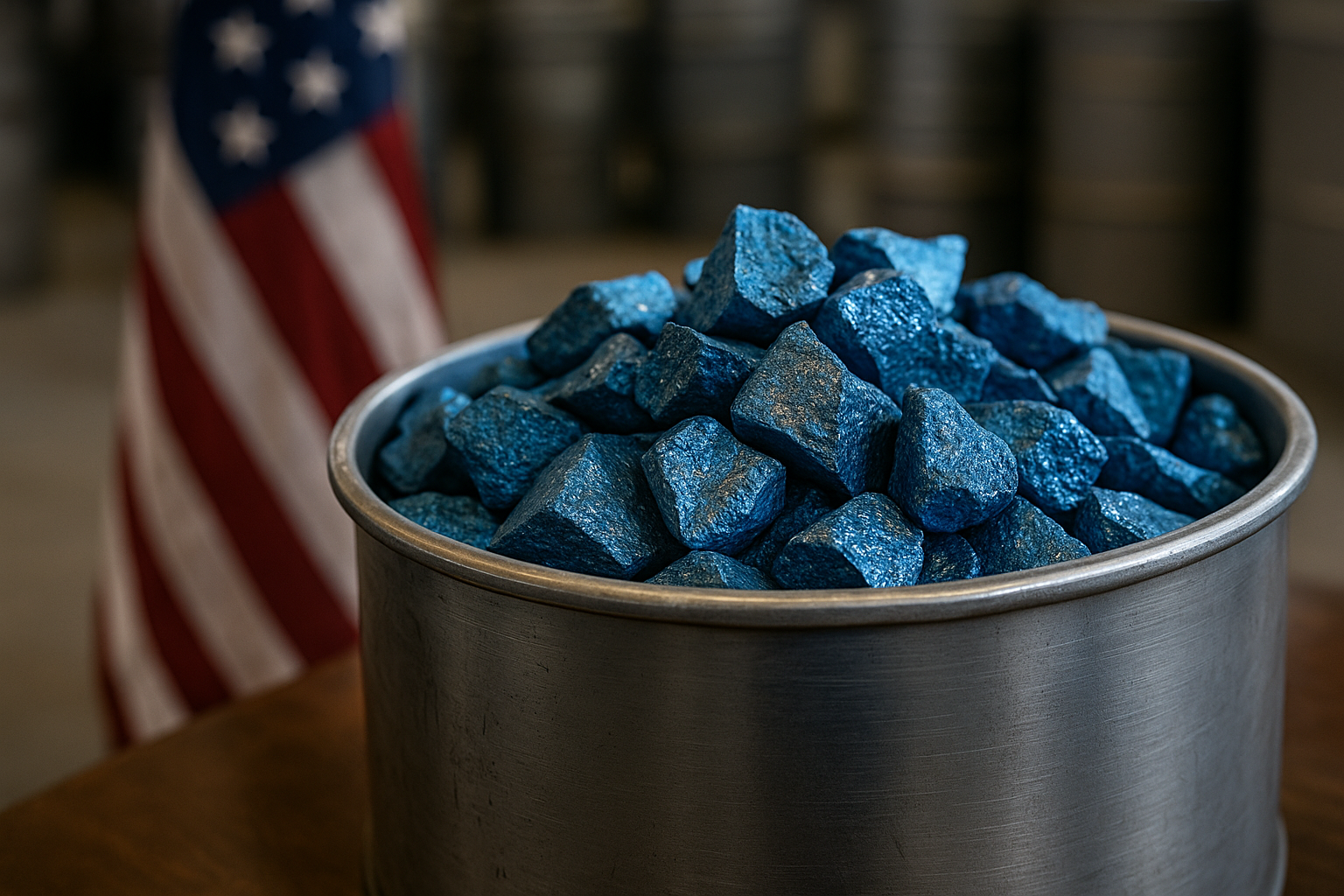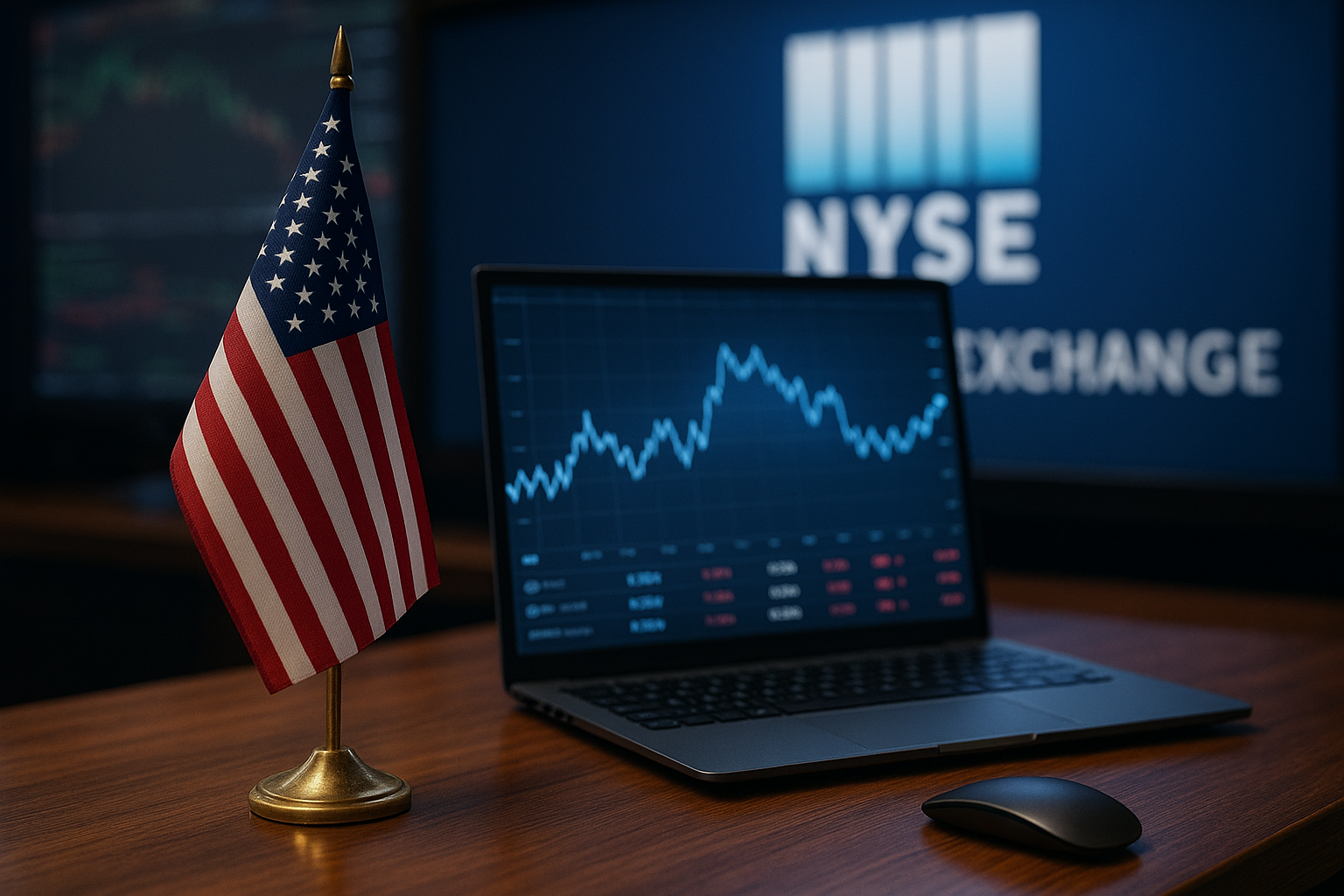Global markets welcomed a fresh wave of optimism today as President Trump announced a 90-day extension of the tariff truce with China, sidestepping a scheduled escalation in punitive duties. The decision, confirmed by the White House late Monday, offers breathing room for trade-sensitive sectors and bolstered risk sentiment across Asia and Europe. Japan’s Nikkei surged to record highs in morning trade, while the Hang Seng and Shanghai Composite also posted solid gains.
The timing of this development is critical—investors are also bracing for the U.S. July Consumer Price Index (CPI) report later today, a data point that could significantly sway the Federal Reserve’s interest rate trajectory. Markets remain acutely sensitive to any sign of inflation persistence, as it directly impacts rate-cut expectations.
Why This Matters for Investors
The tariff extension temporarily removes one of the most pressing geopolitical risk factors hanging over global equities. By delaying new import duties, the move allows exporters, multinational manufacturers, and supply-chain heavyweights to operate with less uncertainty in the near term. According to Reuters, the White House framed this as an opportunity to “advance trade negotiations” and avoid disrupting an already fragile global economic recovery.
Meanwhile, Asia-Pacific equities were among the biggest beneficiaries. Japan’s Nikkei 225 closed 1.7% higher, reaching an all-time high, while the Taiwan Weighted Index jumped 1.4%, supported by gains in electronics and chipmakers—both industries heavily dependent on cross-border trade flows.
However, this relief may prove short-lived if inflation data later today signals persistent price pressures. Investopedia notes that hotter-than-expected CPI figures could prompt the Fed to delay or limit rate cuts this year, tempering equity enthusiasm.
Trade Truce Meets Macro Crosscurrents
The 90-day reprieve doesn’t erase the underlying structural tensions between the U.S. and China. Key disputes over technology transfer, intellectual property, and state subsidies remain unresolved. A senior trade official told The Times of India that “the pause is tactical, not a settlement,” suggesting that markets should not assume a linear path to resolution.
At the same time, inflation remains the wildcard for risk assets. A softer CPI print would reinforce dovish expectations and potentially extend the post-truce rally, particularly for cyclical and export-oriented names. Conversely, an upside surprise could reintroduce rate-hike fears, eroding the relief from trade headlines.
Future Trends to Watch
- Sector Rotation Potential: Industrials, materials, and tech hardware could see outsized gains if trade optimism holds and inflation trends lower.
- Currency Impacts: The Chinese yuan strengthened modestly on the news, while the U.S. dollar eased—movements that could influence commodity prices and emerging-market equities.
- Policy Sensitivity: With both trade and inflation in play, market sentiment may swing sharply on incoming headlines and data releases.
Key Investment Insight
The U.S.–China tariff truce buys time, not certainty. Investors should treat the current rally as tactical rather than structural, with close attention to CPI data as the next market catalyst. Hedging strategies may be warranted to manage potential reversals, especially in sectors most exposed to trade flows and rate expectations.
For now, trade-sensitive equities have regained momentum, but inflation numbers will determine whether this optimism has legs—or whether the Fed’s policy stance pulls the rug out from under it.
Stay ahead of market-moving developments with MoneyNews.Today, your trusted source for daily investor intelligence and actionable insights.





